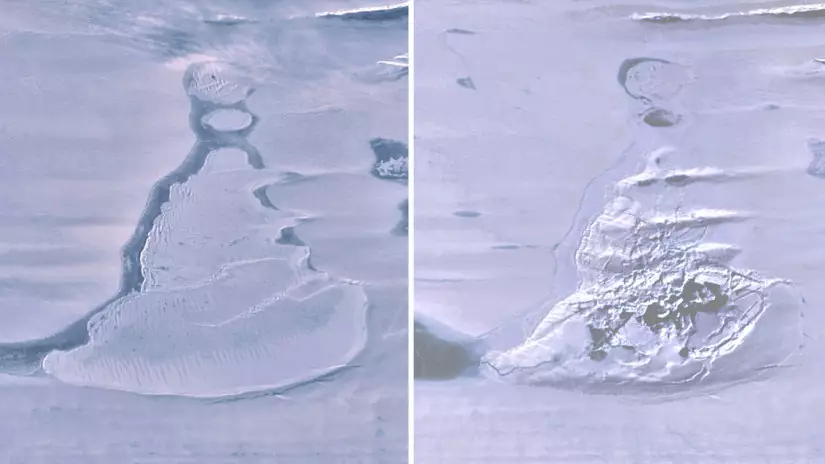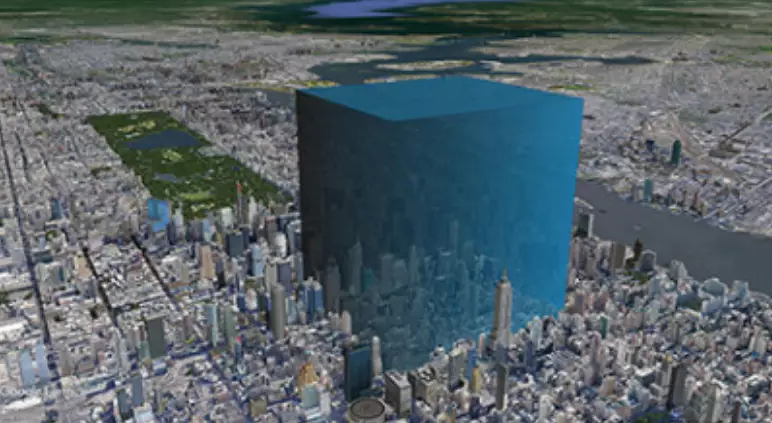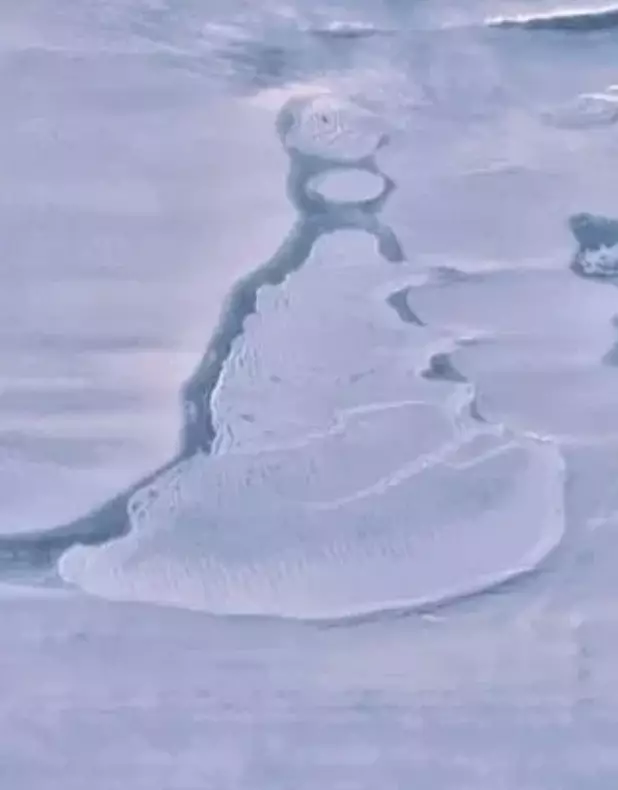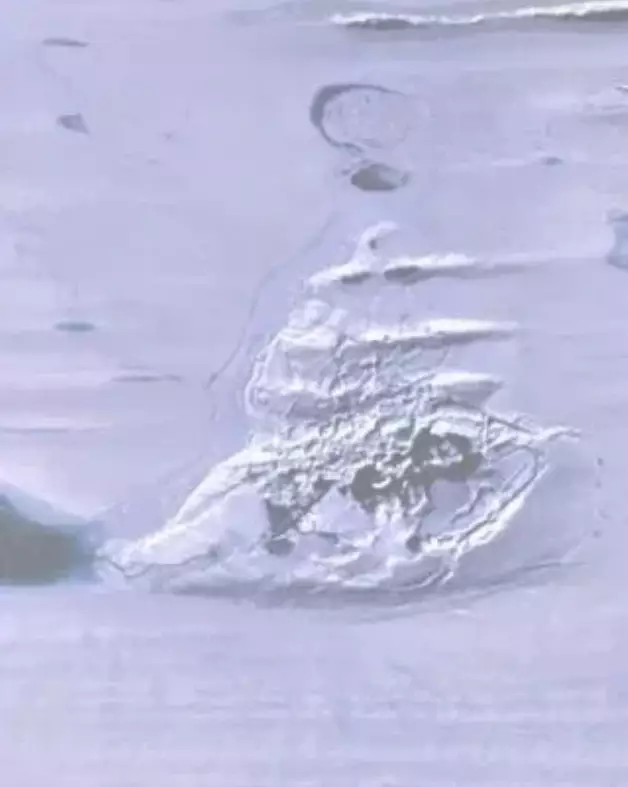
Scientists have discovered the 'sudden' disappearance of a 'large, deep, ice-covered lake' on the surface of an Antarctic ice shelf.
The global team - which included scientists from the University of Tasmania, the University of California San Diego and Columbia University - shared their findings in a new study, which was recently published recently in the journal Geophysical Research Letters.
They explained how 600-750 cubic metres of water disappeared from the lake on Amery Ice Shelf, East Antarctica, in June 2019.

Using radar satellite imagery to narrow down the time period within which it vanished, experts concluded that the process took 'a week or less', according to a press release from the University of California San Diego's Scripps Institution of Oceanography.
Advert
"After drainage, in place of the lake, there was a crater-like depression in the ice shelf surface, covering about eleven square kilometers (4.25 square miles)," the press release explains.
The team believe that the water drained into the ocean underneath in a 'rare event'.

Study lead author Roland Warner, a glaciologist with the Australian Antarctic Program Partnership at the University of Tasmania, said: "We believe the weight of water accumulated in this deep lake opened a fissure in the ice shelf beneath the lake, a process known as hydrofracture, causing the water to drain away to the ocean below."
Advert
The 'austral winter event' was also captured by a green-light laser instrument on NASA's ICESat-2, a satellite that transmits 'pulses of photons and accurately locates the reflection point of each photon it receives back from Earth'.
Co-author Helen Amanda Fricker, a glaciologist at Scripps Institution of Oceanography - who has long studied active sub-glacial lakes, discovering them in 2007 - said: "It is exciting to see ICESat-2 show us details of processes that are occurring on the ice sheet at such fine spatial scale.

"Since surface meltwater on ice shelves can cause their collapse which ultimately leads to sea-level rise when grounded ice is no longer held back, it's important to understand the processes that weaken ice shelves."
Advert
The authors believe it is too early to conclude that the drainage of this meltwater lake was 'related to broader trends like the warming of the climate around Antarctica'.
However, they said in the study that there is a concern that climate change could see a loss in more ice shelf lakes in the decades to come.
The team wrote: "Antarctic surface melting has been projected to double by 2050, raising concerns about the stability of other ice shelves."
Featured Image Credit: Scripps Institution of OceanographyTopics: Science, World News, News